You are here
Planning innovation through the Three Horizon Method
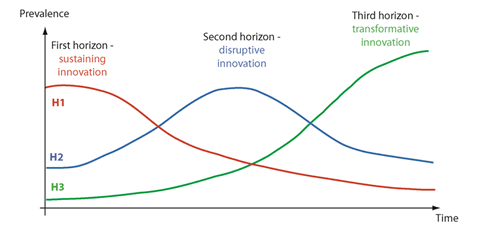
Planning innovation needs to consider a portfolio of innovations, balanced between today's needs and developing future ones. To put in place a 'certain' discipline in planning these, the Three Horizon Framework offers an ideal way to construct and manage your whole innovation portfolio
We should make the case that different types of innovation operate and evolve over different time horizons and need thinking through differently.
We have three emerging horizons that need different treatment for innovation. The three are:
1. Those innovations meeting specifically given goals that support today’s business– these should be within specified period covered by a yearly plan and cover mostly incremental innovation. They provide the source of energy to feed the future, they form our present core but are more than likely already in some form of decline, however, you prop them up and extract as much as you can from them.
2. Objectives through different innovation that are more disruptive in nature – these are often attained later, after a lot of experimenting until a clear approach emerges. These need to be progressed within the period but have a likely longer horizon, in this case, our horizon two within the three horizon framework has usually more than one planning cycle of 12 months. Sometimes they can take two to three years to emerge.
3. Ideas that offer Future Radical Promise– unattainable within the usual time period, longer term, but the progress is certainly possible during and after the period planned as they move from a ‘weak signal’, detected today by probing and investigating over an extended period of time. Some of these emerge as the business of the future from exploring, experimenting and building understanding.
We should see these as entirely different in the need to manage and judge. Understanding the time to realisation becomes important, it can determine how you treat each innovation project.
Breaking down all of the different types of innovation into milestone achievements firstly, we begin to understand the efforts ahead and resources that are needed or gaps to fill. This ‘fleshs out’ our thinking so we can fit back into our more traditional planning cycles. This will allow us to begin to manage expectancies, determine the commitments and resources and help qualify the efforts and return realisation, to then structure these accordingly. As we build to and determine the portfolio of innovations, we then need to apply entirely different measurement and performance criteria for each time and thinking horizons.
Our existing planning does need to account for all three horizons, they cannot be simply fitted into one set of plans, all having clear metrics and financials. In many cases, it simply ignores the differences completely and forces shortcuts, dilution of a great, potentially radical idea , so it becomes ‘boiled down’ into a series of part disrupting but more often incremental innovations that fail to deliver the greatest impact that a different time and thinking approach can achieve.
Often the time horizon of possible desired innovation often has these real conflicts. The actual realities and needs of the organisation, especially in the short-term, we lower the innovation impact in final delivery. We fall back on incremental solutions as the organisation does not have the patience, appetite or desire to see the potential fully.
Thinking differently requires different mindsets.
It is such a pity the different time horizons for different types of innovation are not simply treated differently in most organisations thinking and planning. We need to ‘account’ for innovation differently.
We need to think our numbers, activities and planning differently for innovation, pure and simple. We need to ‘project’ innovation across different horizons, each with its own distinct goals, objectives, often dedicated resources and investment criteria.
Otherwise, you end up with innovations that are simply incremental that competitors can easily copy, and quickly. We fall into the trap of chasing each other to the point of ever-increasing commodification, known as the race to the bottom, as you failed to invest sufficient time in building the new capacities for the future business to climb above this and put profitable distance between you and others.



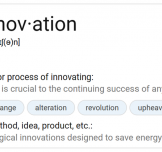





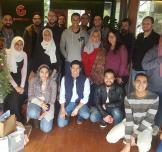
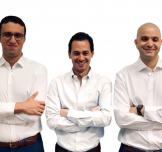


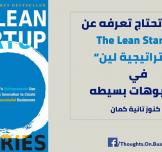










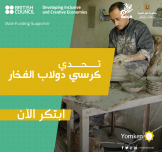




















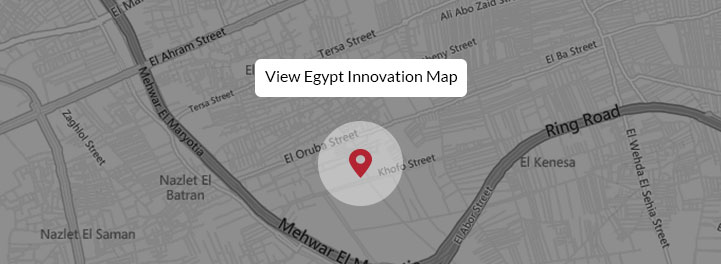













EgyptInnovate site is not responsible for the content of the comments